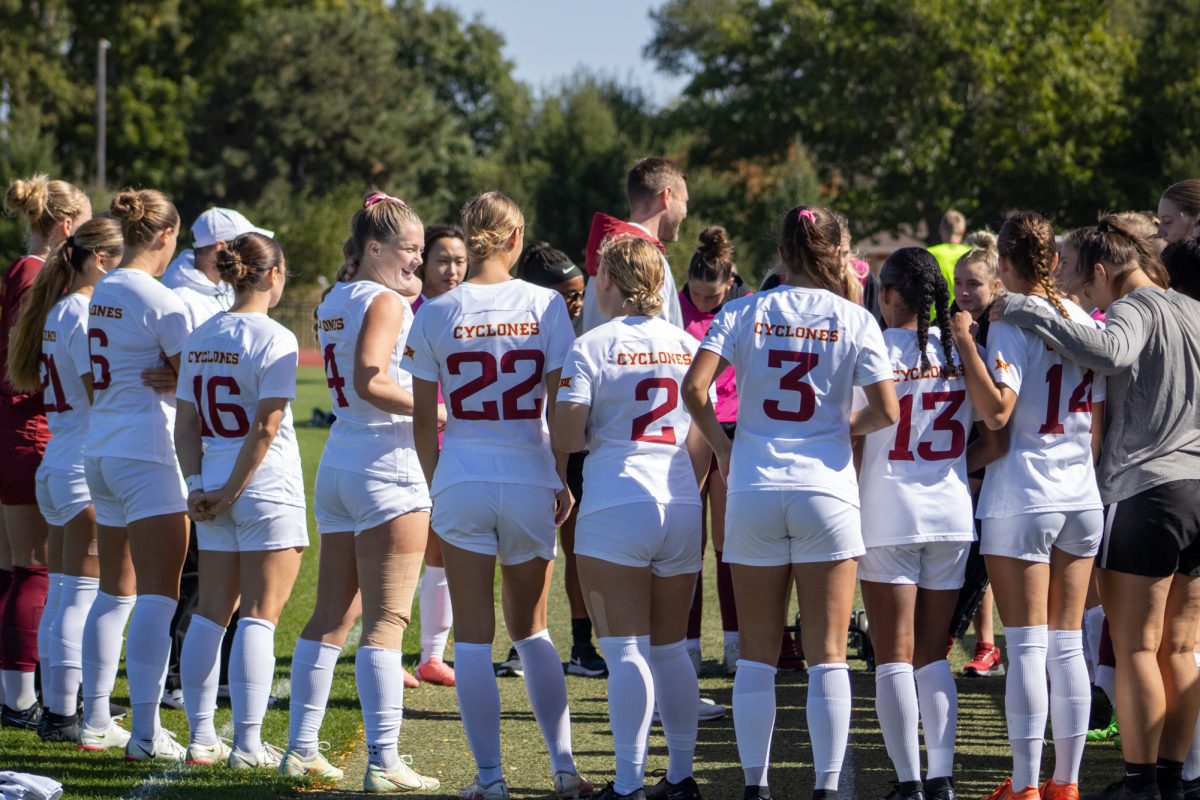Military federal tuition assistance program has been restored
Photo courtesy of Brandon Amerien
ROTC Competition
April 3, 2013
Federal tuition assistance for members of the National Guard and the military Reserve programs has been restored.
On March 21, 2013, Congress passed an amendment that restored tuition assistance for students who are members of the National Guard and the Reserves.
This funding will continue until Sept. 30, 2013. After that, this program could be back on the cutting table.
Had the cuts been finalized, ISU students apart of the National Guard or the Reserves would have lost tuition assistance worth up to $4,500 per year. The cuts would not have removed the stipends that their members receive.
Currently the ISU Army ROTC program is made up of 35 Iowa National Guard members and five Reservists.
These two groups make up a third of the ROTC program. However, there are members of the National Guard and the Reserve who do not participate in ROTC.
“Every federal department is experiencing these cuts,” said Aaron Rosheim, recruiting operations officer for the ISU Army ROTC program. “Bottom line was to save money. Soldier benefits are more high profile, that is why this got so much attention.”
The Reserves would have been affected the most had the tuition assistance been suspended. The Reserves are funded solely by the federal government while the National Guard is funded by the state and the federal government.
Iowa National Guard members receive $4,500 from federal tuition assistance program along with funding from the state, while the Reserves solely receive the $4,500 from the federal government .
“The Department of Defense probably did research on this and saw that this had the smallest, minimal effect on soldiers,” Rosheim said.
Other ways the military could reduce funding other than the removal of the federal tuition assistance program is the possibility of reducing funding to ROTC programs across the nation.
The military is already downsizing, which is common after a time of war, Rosheim said, and ROTC programs are seeing a reduction in the number of people being placed under contract.
Army ROTC cadet and sophomore in marketing Austin Dummer, is worried about the future of ROTC programs and funding for these programs.
“The biggest thing that scares me for future, potential ROTC students is the reduction in scholarships and contract slots for officers, I think there are more cuts to come,” Dummer said.
The ROTC programs at Iowa State have three different paths their cadets take when entering the organizations.
There is the scholarship route, where the cadet chooses between a scholarship for tuition and fees or room and board; they also receive a monthly stipend which ranges from $300 their freshman year to $500 their senior year.
The second path is the nonscholarship. This is the least common route, but the cadet still receives a monthly stipend.
The last path is the simultaneous membership program; these are the students who are in the Reserves or the National Guard.
Rosheim pointed out that the tuition assistance program will probably come under review again after funding comes to an end on September 30.
“This is definitely on the table as something they’ll review. It could be restructured or saved,” Rosheim said. “They’ll probably do everything they can do to keep it due to the publicity it got.”







